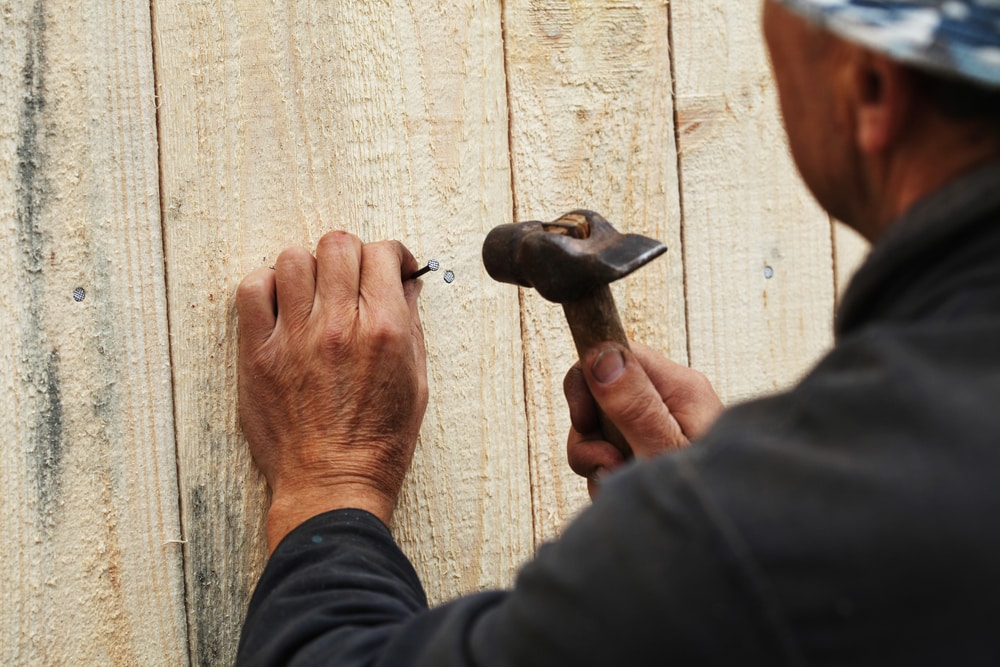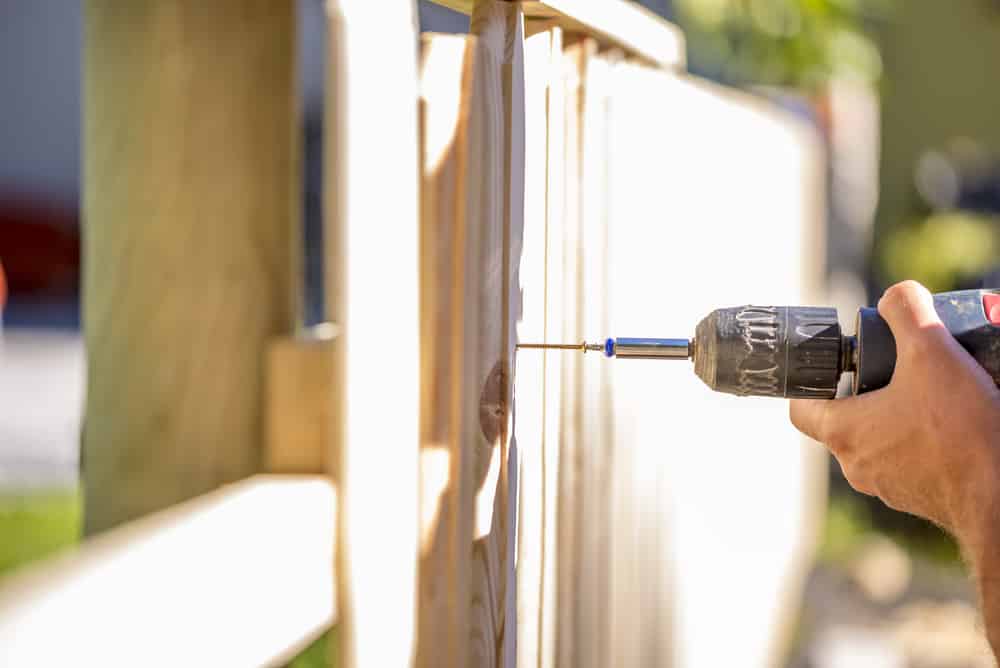
Are you planning to install a new fence at your home or business?
If so, you’re probably prepared to pay for the materials, including the panels, gates and posts. Of course, by performing the labor yourself, you plan to save money, as compared to using a professional fencing installation contractor.
But have you considered the other potential costs of taking a DIY approach to your new fence? The process may involve some costs that you haven’t anticipated. Understanding the potential for additional expenses can help you budget for a new fence that meets your needs, but doesn’t break the bank.
Here are just a few of the factors that can affect the price of your do-it-yourself fence.
Soil Conditions and New Fence Installations
Fences appear to sit above the ground, but the underground portion of the posts is actually responsible for holding the structure in place. Installing these posts properly is critical, but it’s far from standard. Your soil conditions will determine whether the process is straightforward or more complex.
Soft soil will require you to dig deeper post holes and pour more concrete for stability. With hard soil or clay, digging holes in the ground may be difficult and time-consuming. In fact, in many cases, it requires renting special equipment. And, if you have any large, buried rocks along the fence line, you must either dig them up or configure the fence to avoid them.
When your soil conditions cause longer labor times or require additional concrete or other materials, you can expect your out-of-pocket costs to increase. These factors can also delay the installation and require extra time and effort for the DIYer.
New Fence Installations May Be Affected by Yard Slope
All yards slope to some extent. But, if you’d like to install new fencing on a hillside property, you may need to revisit your budget.
Why are fences on hills more expensive? Digging holes for the underground posts may not be much different than on flatter land, but preparing the panels and boards to fit along the slope is more complicated.
Logistically, this can also present a problem, as working on a slope can be dangerous. Plan to spend more time to properly measure and cut the materials, and be sure to take any appropriate measures to ensure your safety and that of any people or property that may be below you.
Expected Maintenance for Your New Fence
Would you invest in a brand new car and never check the oil or perform other basic maintenance?
Of course not. Maintenance is necessary to keep a vehicle functioning properly and looking its best, and the same is true for a new fence.
Some fences don’t require much maintenance. Vinyl fences, for example, can last for decades with very little care, other than occasional cleaning. Wood fencing, however, can warp, split or rot away over time. To prevent this, it’s a good idea to apply a wood preservative or stain to seal your fence every two or three years. This acts much like wax does to protect your car from the elements. Decorative iron fencing can rust, so if you choose this material, you’ll need to periodically sand and reapply primer and paint to the rusted areas.
Any anticipated maintenance requires an investment in your time and materials, and should be considered as part of your cost calculations.
Before you make the final decision to take the DIY approach for your new fence, why not consult with a professional fence installation contractor? Outback Fencing is the locally owned and operated expert in fencing installation, repair and maintenance. Serving both residential and commercial fencing customers in Utah, Idaho and Wyoming, we can provide a detailed and reliable estimate that considers these often-overlooked expenses. You might be surprised to learn how affordable a professional installation can be for your new fence.










